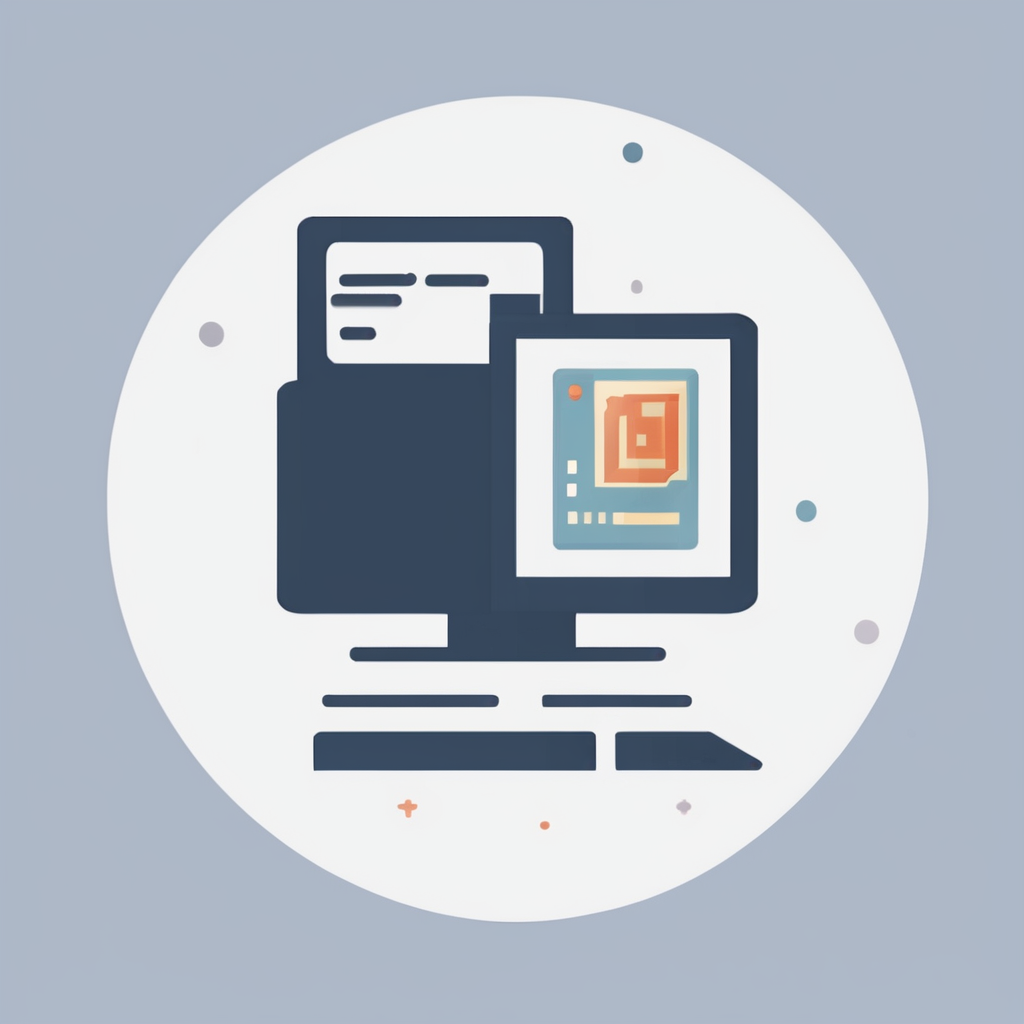Key Advances in Modern Computing Technologies
The latest computing innovations center around three pivotal areas: artificial intelligence (AI), quantum computing, and edge computing. AI advancements have revolutionized numerous fields, enabling machines to learn from data and make autonomous decisions. Techniques like deep learning and neural networks now support complex tasks such as natural language processing and computer vision with remarkable accuracy.
Quantum computing breakthroughs have introduced a new paradigm, leveraging quantum bits (qubits) to solve problems previously intractable for classical computers. These advances allow for superior processing power in fields like cryptography, optimization, and material simulation.
Have you seen this : What Are the Latest Trends in UK Technology and Internet Usage?
Edge computing’s growth addresses the need for reduced latency in data processing. By shifting compute resources closer to where data is generated—such as IoT devices—edge computing ensures faster response times and lower bandwidth usage, crucial for real-time applications.
Together, these trends illustrate how AI advancements, quantum computing breakthroughs, and edge computing are reshaping modern technology landscapes, driving both efficiency and innovation across industries. This synergy is key to unlocking new potentials in automation, security, and data handling, setting the stage for future digital transformation.
This might interest you : How is the UK addressing digital inclusion and internet access?
Transformations in Internet Technology
Exploring the rapid changes shaping our digital world
The internet evolution has accelerated significantly with the widespread rollout of 5G technology. This next-generation network offers faster speeds, lower latency, and more reliable connections, enabling new possibilities for consumers and industries alike. The expansion of 5G networks is crucial for supporting massive data transmission needed by modern applications, from streaming high-definition media to real-time communication.
Another critical development lies in IoT innovations. The Internet of Things connects billions of devices, from smart home gadgets to advanced industrial sensors, creating a highly interconnected environment. This integration across sectors improves efficiency, facilitates predictive maintenance, and enhances user experience, demonstrating how IoT is fundamentally reshaping business operations and daily life.
Simultaneously, the rise of Web3 advancements promises a decentralized internet infrastructure. Leveraging blockchain and distributed ledger technologies, Web3 aims to empower users by reducing reliance on central authorities, promoting data ownership, and enabling peer-to-peer interactions. This shift could transform online privacy, security, and digital economies, supporting more transparent and user-centric internet ecosystems.
Together, these technologies mark transformative steps in internet evolution, driving innovation and offering unprecedented opportunities across every facet of our connected world.
Practical Applications of Emerging Technologies
Emerging technologies are reshaping industries through real-world technology use cases that improve efficiency and innovation. In healthcare, AI-powered diagnostics analyze medical images with remarkable accuracy, enabling earlier disease detection. IoT devices monitor patient vitals remotely, facilitating proactive care. In finance, AI algorithms optimize trading strategies, detect fraud, and personalize customer services by analyzing vast data in real time. Manufacturing benefits from IoT sensors that provide real-time equipment monitoring, reducing downtime and maintenance costs while enhancing production quality.
Quantum computing is making strides in pharmaceuticals by accelerating molecular simulations. This results in faster drug discovery, a process previously slowed by conventional computing limits. Cryptography also gains from quantum advancements, offering more secure encryption methods resistant to current hacking techniques.
Web3 adoption introduces decentralized business models that empower users with control over their data. These models challenge traditional platforms by emphasizing transparency and security. Improved data security measures using blockchain help prevent unauthorized access and breaches. Collectively, these innovations demonstrate how innovative tech adoption transforms multiple sectors, from improving health outcomes to enabling secure, efficient finance and manufacturing operations.
Resources for Deeper Understanding and Continued Learning
Exploring further reading on innovations in technology can significantly enhance your grasp of current trends. Renowned tech news sources such as Wired, MIT Technology Review, and Ars Technica consistently provide in-depth coverage of breakthroughs and practical applications. These platforms deliver precise, timely insights ideal for anyone aiming to stay informed.
For structured learning, numerous online courses and certifications focus on emerging tech fields. Platforms like Coursera and edX offer specialized programs in areas such as artificial intelligence, cybersecurity, and blockchain. These courses combine theoretical understanding with hands-on practice, making complex topics accessible and engaging.
In addition, leading organisations and research groups are at the forefront of computing and internet innovation. Institutions like the Alan Turing Institute, the IEEE Computer Society, and MIT’s Computer Science and Artificial Intelligence Laboratory (CSAIL) conduct cutting-edge research that shapes the future of technology. Following their publications and attending webinars helps contextualize advances and encourages critical thinking.
By utilizing these resources — blends of reputable tech news, accredited online programs, and authoritative research institutions — you create a well-rounded foundation for ongoing learning and engagement with rapid technological change. This approach ensures a sustained, high-precision understanding aligned with the latest developments.
